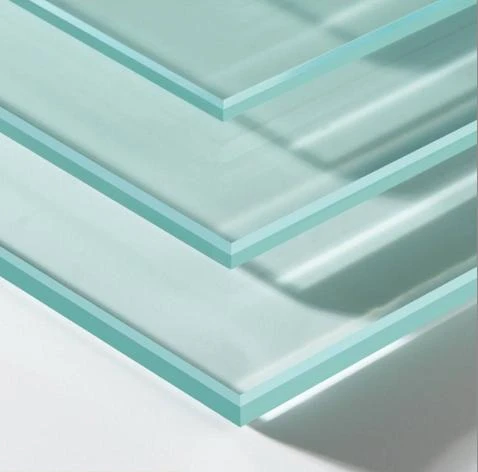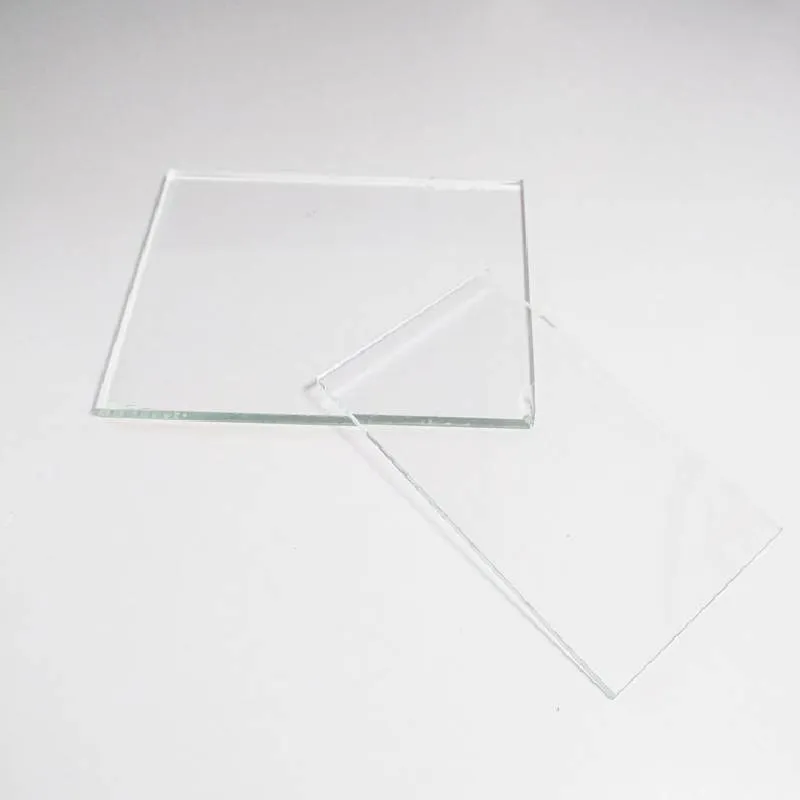Float glass, a staple in the architectural and automotive industries, represents a marvel of modern engineering that has revolutionized how we see and interact with the world. The term float glass originates from the production method where molten glass is floated on a bed of molten metal, usually tin, to create flat glass sheets with unrivaled uniformity and smoothness. This manufacturing process, which was pioneered in the mid-20th century, continues to dominate due to its efficiency and the high-quality product it yields.

The chief advantage of float glass lies in its perfect flatness and optical clarity, making it indispensable in applications where transparency and view are crucial. Often used in windows, doors, and facades, its ability to create an uninterrupted view connects the indoors with the outdoors, maximizing natural light and enhancing the architectural beauty of buildings. Furthermore, float glass serves as the foundational substrate for a variety of specialty glass products, including tempered, laminated, and coated glass, which add additional functionality such as safety, security, and energy efficiency.
Professionals in the field of glass manufacturing attest to the durability and reliability of float glass, citing its exceptional quality as a key benefit. Its thermal properties can be enhanced further through treatments like low-emissivity coatings, which improve energy efficiency by reducing heat loss in cooler climates and minimizing heat gain in warmer climates. This dual advantage not only reduces heating and cooling costs but also contributes positively to environmental sustainability by decreasing reliance on artificial climate control methods.

The durability of float glass arises from its production process, where raw materials like silica sand, soda ash, and limestone are melted at high temperatures, giving the final product a robust structure that can withstand significant physical stress. Moreover, through secondary processes like tempering or lamination, the strength and safety of float glass are significantly enhanced, making it a preferred choice for automotive windshields and building facades in regions prone to tornadoes or hurricanes.
float glass
Industry experts continuously explore advancements in float glass technology. With ongoing research into smart glass technologies – such as electrochromics or thermochromics, which allow glass to change its properties in response to external stimuli – float glass is evolving beyond its traditional roles. This integration of technology supports the development of intelligent environments, creating adaptive spaces that enhance human comfort and productivity.
Trust in float glass is bolstered by decades of proven performance and consistent innovations that address modern challenges. Certified by numerous international standards, float glass production facilities are rigorously inspected to ensure they meet quality and safety criteria. This commitment to quality is reaffirmed by customer feedback and the high satisfaction rates observed across sectors where float glass is implemented.
In conclusion, the expertise and trustworthiness associated with float glass are well-earned, stemming from its irreplaceable role in an array of applications that define the modern built environment. As an expert product in its category, float glass not only meets but exceeds the expectations of architects, developers, and manufacturers worldwide, supported by a legacy of innovation and a continuous drive towards betterment.
 Afrikaans
Afrikaans  Albanian
Albanian  Amharic
Amharic  Arabic
Arabic  Armenian
Armenian  Azerbaijani
Azerbaijani  Basque
Basque  Belarusian
Belarusian  Bengali
Bengali  Bosnian
Bosnian  Bulgarian
Bulgarian  Catalan
Catalan  Cebuano
Cebuano  Corsican
Corsican  Croatian
Croatian  Czech
Czech  Danish
Danish  Dutch
Dutch  English
English  Esperanto
Esperanto  Estonian
Estonian  Finnish
Finnish  French
French  Frisian
Frisian  Galician
Galician  Georgian
Georgian  German
German  Greek
Greek  Gujarati
Gujarati  Haitian Creole
Haitian Creole  hausa
hausa  hawaiian
hawaiian  Hebrew
Hebrew  Hindi
Hindi  Miao
Miao  Hungarian
Hungarian  Icelandic
Icelandic  igbo
igbo  Indonesian
Indonesian  irish
irish  Italian
Italian  Japanese
Japanese  Javanese
Javanese  Kannada
Kannada  kazakh
kazakh  Khmer
Khmer  Rwandese
Rwandese  Korean
Korean  Kurdish
Kurdish  Kyrgyz
Kyrgyz  Lao
Lao  Latin
Latin  Latvian
Latvian  Lithuanian
Lithuanian  Luxembourgish
Luxembourgish  Macedonian
Macedonian  Malgashi
Malgashi  Malay
Malay  Malayalam
Malayalam  Maltese
Maltese  Maori
Maori  Marathi
Marathi  Mongolian
Mongolian  Myanmar
Myanmar  Nepali
Nepali  Norwegian
Norwegian  Norwegian
Norwegian  Occitan
Occitan  Pashto
Pashto  Persian
Persian  Polish
Polish  Portuguese
Portuguese  Punjabi
Punjabi  Romanian
Romanian  Russian
Russian  Samoan
Samoan  Scottish Gaelic
Scottish Gaelic  Serbian
Serbian  Sesotho
Sesotho  Shona
Shona  Sindhi
Sindhi  Sinhala
Sinhala  Slovak
Slovak  Slovenian
Slovenian  Somali
Somali  Spanish
Spanish  Sundanese
Sundanese  Swahili
Swahili  Swedish
Swedish  Tagalog
Tagalog  Tajik
Tajik  Tamil
Tamil  Tatar
Tatar  Telugu
Telugu  Thai
Thai  Turkish
Turkish  Turkmen
Turkmen  Ukrainian
Ukrainian  Urdu
Urdu  Uighur
Uighur  Uzbek
Uzbek  Vietnamese
Vietnamese  Welsh
Welsh  Bantu
Bantu  Yiddish
Yiddish  Yoruba
Yoruba  Zulu
Zulu 


